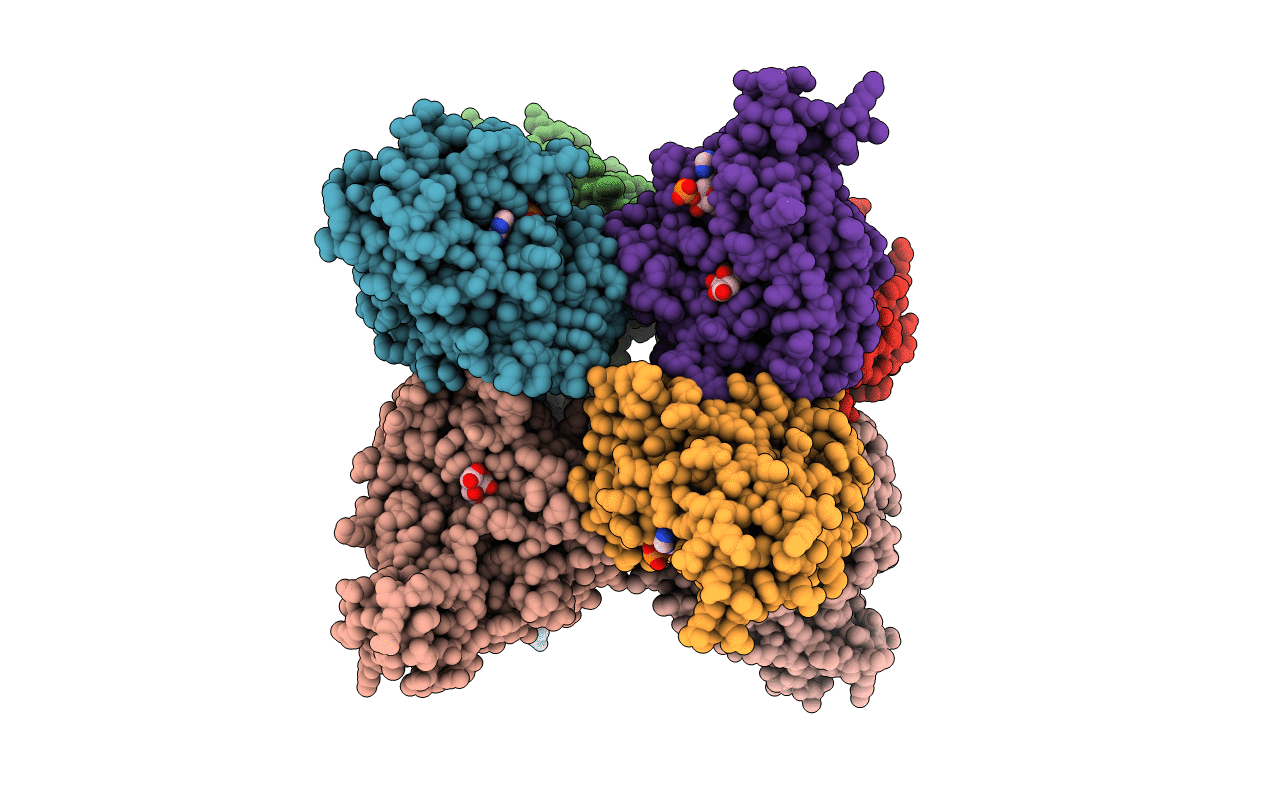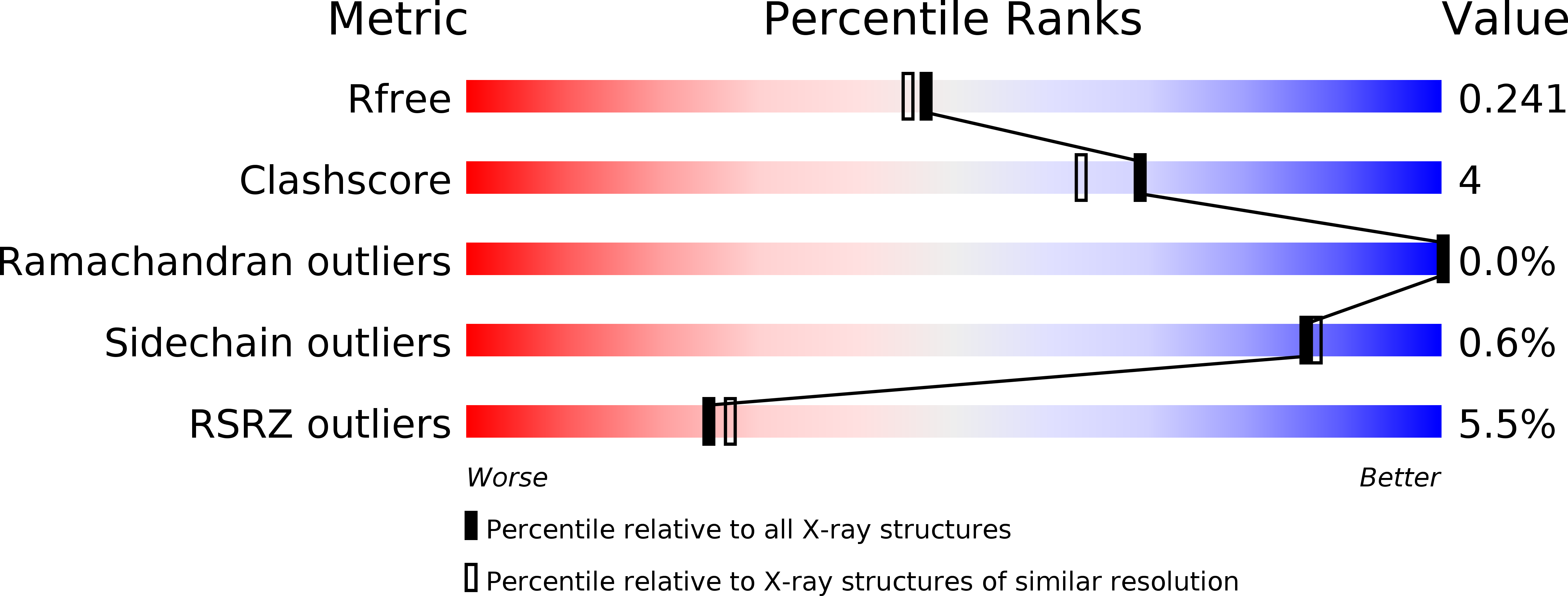
Deposition Date
2012-05-16
Release Date
2012-06-06
Last Version Date
2023-12-20
Entry Detail
PDB ID:
4AUB
Keywords:
Title:
the complex Structure of the bacterial aldo-keto reductase AKR14A1 with NADP and citrate
Biological Source:
Source Organism:
ESCHERICHIA COLI K-12 (Taxon ID: 83333)
Host Organism:
Method Details:
Experimental Method:
Resolution:
2.05 Å
R-Value Free:
0.23
R-Value Work:
0.20
R-Value Observed:
0.20
Space Group:
P 1 21 1


